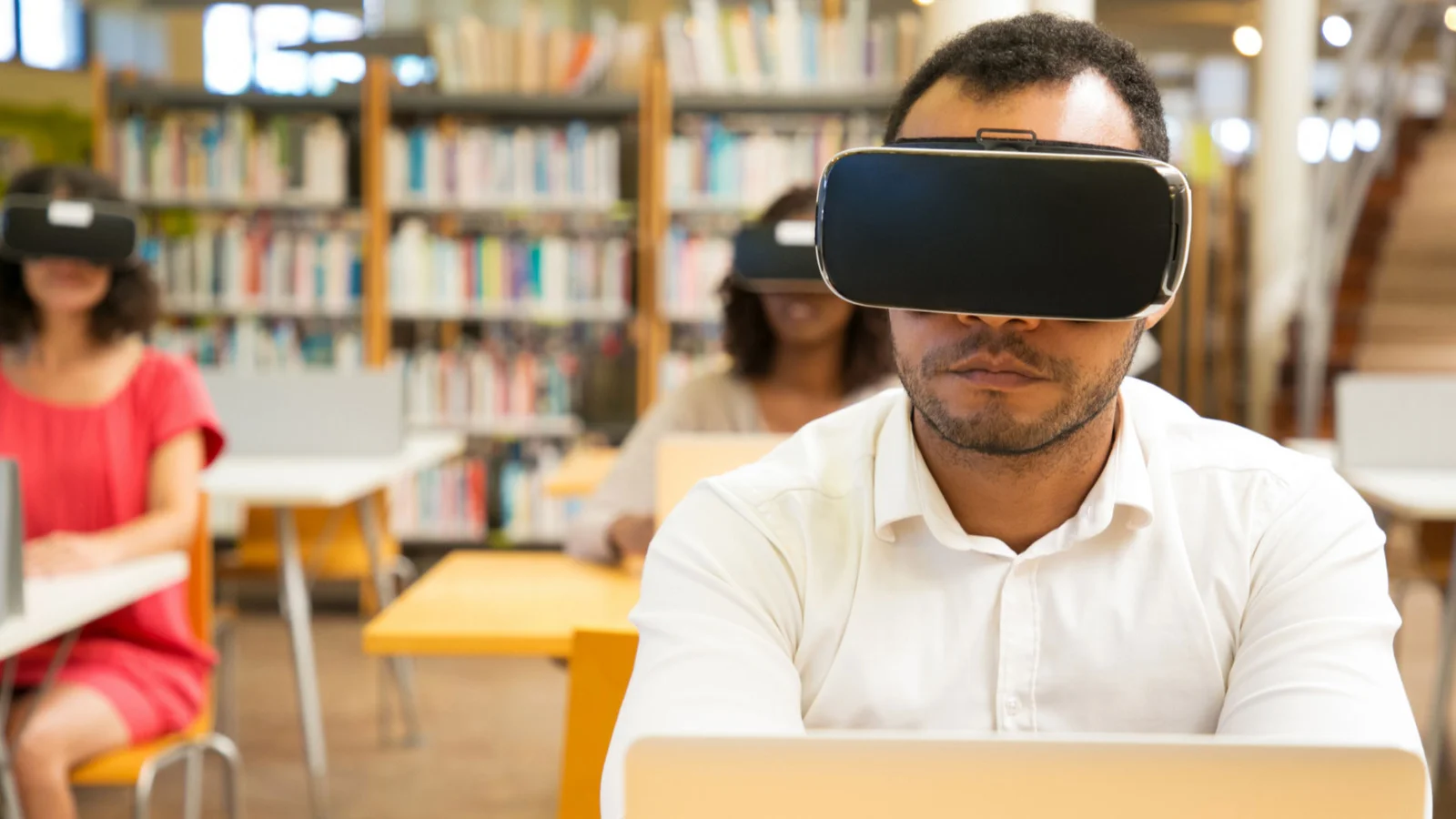The landscape of education is undergoing a transformative shift, driven by the increasing integration of technology into learning environments. At the heart of this evolution lies the Future of Collaborative Edtech Learning—a concept that emphasizes student engagement, peer-to-peer interaction, and seamless knowledge-sharing through digital tools. As traditional classrooms give way to more interactive, connected learning spaces, educators, developers, and institutions are exploring new ways to foster collaboration that transcends geographical and cultural boundaries. This article explores how technology is redefining collaboration in education and what the future holds for learners, teachers, and technology creators alike.
Rise of Digital Collaboration in Classrooms
Collaborative learning once meant face-to-face group discussions and physical teamwork. Today, it has evolved into virtual spaces where students can interact in real time using digital platforms. Online forums, shared documents, and video conferencing tools have replaced the chalkboard, offering flexible collaboration across time zones. Cloud-based applications allow learners to contribute ideas asynchronously, while real-time communication platforms promote inclusivity, allowing every voice to be heard. These tools have turned classrooms into digital ecosystems where collaboration thrives beyond physical limitations.
Key Technologies Driving Edtech Collaboration
A range of technologies power the Future of Collaborative Edtech Learning. Artificial intelligence enables adaptive learning environments that personalize group tasks based on skill levels. Augmented reality creates immersive environments where students can collaborate on 3D models or simulations. Learning management systems (LMS) integrate discussion boards, shared files, and live feedback loops, making collaboration structured and traceable. Gamification tools add a layer of motivation, encouraging teamwork through challenge-based learning. Moreover, blockchain is gaining traction in certifying contributions and ensuring transparency in collaborative outputs.
Impact on Students and Educators
The Future of Collaborative Edtech Learning empowers students to be active participants rather than passive recipients. By working together in dynamic digital spaces, learners enhance their problem-solving, communication, and critical thinking skills. Educators also benefit by being able to monitor group progress, provide timely feedback, and customize collaborative tasks to suit diverse learning styles. This shift creates a more democratic learning space where peer engagement complements instructor guidance. Additionally, it supports lifelong learning by fostering digital literacy and team-oriented thinking from an early age.
Challenges and Considerations
Despite its many advantages, collaborative Edtech is not without challenges. Ensuring equitable access to technology is critical to prevent digital divides. Cybersecurity and data privacy concerns must be addressed to protect users. Additionally, over-reliance on tech tools can sometimes hinder organic interactions. Teachers need adequate training to manage collaborative platforms effectively, and students require clear guidelines to maintain meaningful participation. Balancing structure with creativity remains key to maximizing the benefits of collaborative digital learning.
for more info https://bi-journal.com/future-of-collaborative-learning/
Conclusion
The Future of Collaborative Edtech Learning is redefining how knowledge is shared, acquired, and applied. As technology continues to evolve, so too will the ways in which students and educators connect, communicate, and collaborate. While there are hurdles to overcome, the promise of more inclusive, engaging, and effective educational experiences makes the journey worthwhile. By embracing innovation and maintaining a learner-centric approach, collaborative Edtech can unlock the full potential of education in the digital age.

